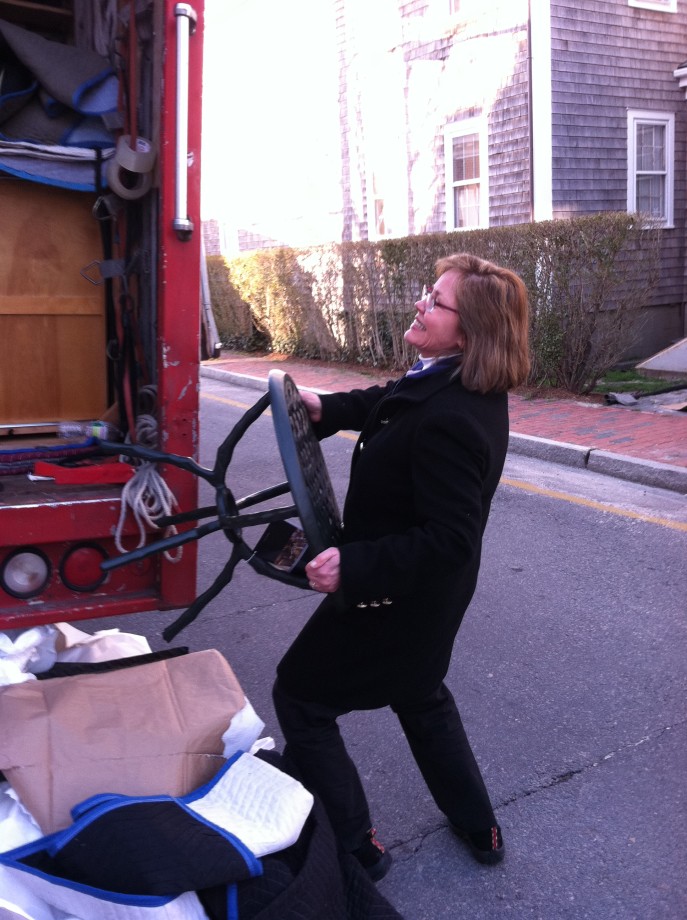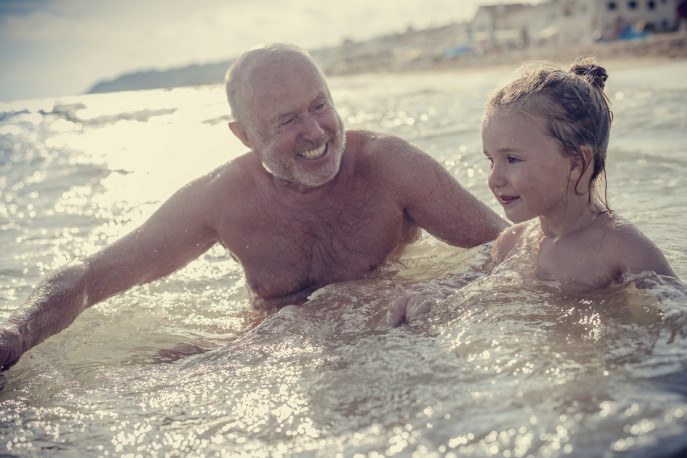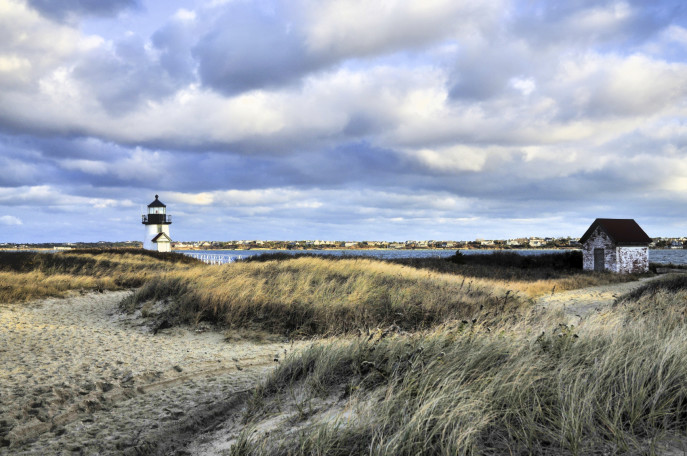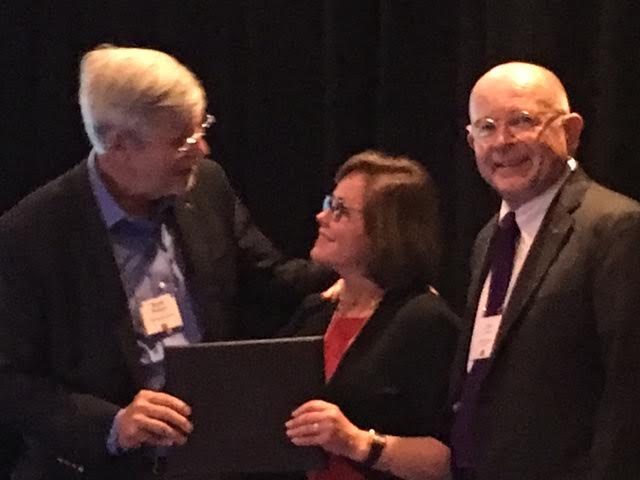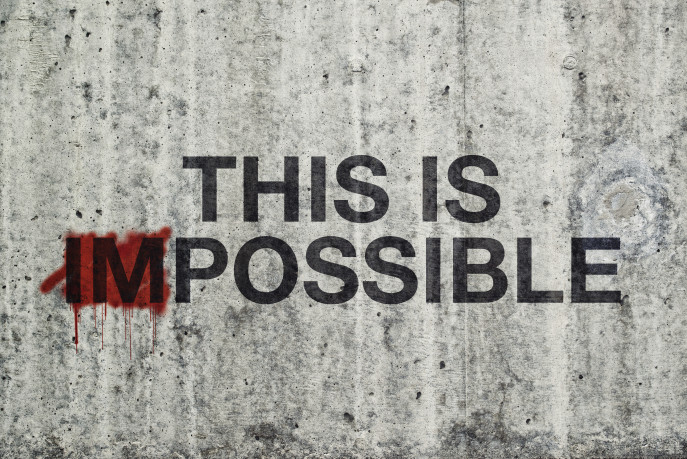Once upon a time, in the little town of Coventry, Connecticut, Christmas had a fairy godmother. Her name was Adelma Grenier Simmons. She’s gone now, but there were years when one of my most eagerly anticipated days during Advent was taking a drive with my dear friend Catherine Reischer to Adelma’s eighteenth century farmhouse, surrounded by fifty acres of fields and woods.

Adelma was the owner of the herb farm she named for the purebred milk goats once raised there–capra is Latin for goat. As time went by, she converted the rocky land to an herb farm, and her home became a cafe and visitor’s center. She was a bit of a character, almost like a diminutive white witch, a little rotund while standing only five feet tall, and always wearing a cap and a cape. Today, the farm she loved is in the process of being converted to a non-profit organization called Caprilands Institute, and is only open by appointment.

But years ago, December was the month to go visit if you loved Christmas. Adelma celebrated every part of what she called “the glorious Christmas season,” and studied to increase her knowledge of the legends, rituals, and plant lore that informed her elaborate decorations. She loved ceremony, and made a ritual out of “touching a flame to kindling and candles, and by fire and candlelight enjoying the pungent fragrance of fresh evergreens and rosemary.” She knew the stories behind the traditions she loved. She shared many of them in the dozens of books she wrote.

Catherine and I made the long drive to Coventry into a celebration of our own. We sang Christmas carols as we drove through the countryside, sometimes even in snowstorms! Caprilands was a magical place to us. It was where I I learned to cook with herbs, inspired by Adelma’s delicious recipes served at the farmhouse luncheons and lectures. In December, I learned from Adelma that having a home beautifully decorated is a way of living life to the fullest. Like Adelma, I love to pull out all the stops, whether celebrating Christmas, Hannukah, New Year’s, or the Winter Solstice.
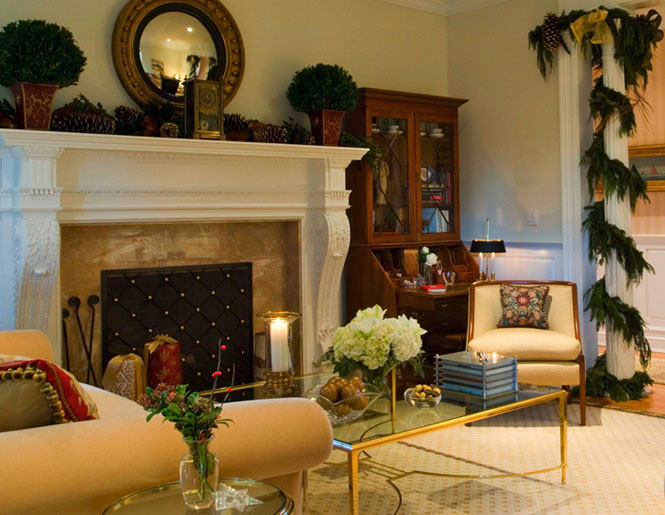
There’s so much to do to prepare for our largest festival of the year, but I achieve my dreams by not trying to get it all done in one day. I plan for weeks in advance, and then do a little at a time to pull together the theme I’ve decided on. I know that elegance is in the details, and there was no detail too small to be overlooked at Caprilands.

One of my favorite things about the farmhouse was seeing each of the trees that Adelma decorated. Although the decorations varied from year to year, there were always six fragrant cedars, each trimmed differently for her celebration that lasted from Thanksgiving to the end of January. Her Harvest Tree was trimmed with fruit and included straw figures and a Swedish straw star to emphasize the harvest theme.

Her Spice Tree was trimmed with pomanders and tiny bells.

She believed that evil spirits were frightened away by the sound of bells ringing, so bells were tied to the ends of the branches to disperse the evil spirits and invite the angels in.

A Bird Tree was decorated with dried sea-lavender and little birds. She thought of the Bird Tree as her “Peace” tree, so the decorations were more minimal. It was topped with a green and silver sequin star. Her Jesse Tree was decorated with cards and quotations that foretold the coming of the Christ child. along with red and gold paper roses, little harps and crowns, and a lamb and a dove.

Her Gilded Birch tree was for children, and was covered with felt and wood snowmen, doves, hearts and horses. She hung spice cookies and handmade candies for the children to take from the branches. And last, she created an Artemisia Tree, made by wrapping a wire frame with the stalks of Artemisia albula, requiring the sacrifice of at least twelve established plants.
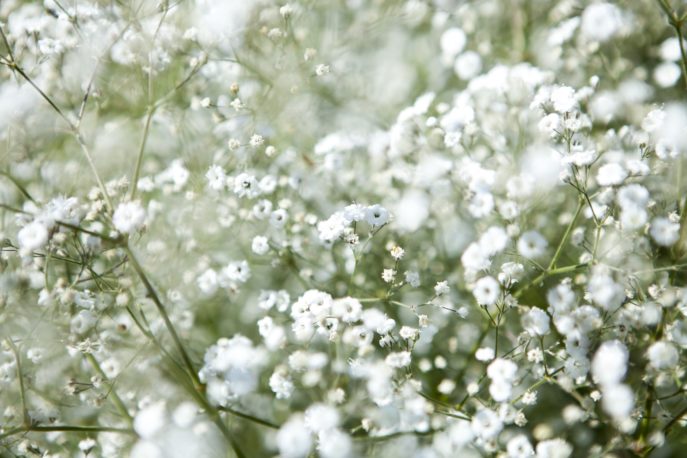
I was always inspired by Adelma’s dedication to creating magic for everyone who visited. One of my own favorite decorating ideas I borrowed from her is tucking small bouquets of fresh baby’s breath into the Christmas tree branches and along the mantel, to simulate a fresh snowfall. It’s the tiniest touches that bring this beautiful time of year to life, and I never overlook a single one.

Another takeaway from my time at Caprilands is the delicious Curried Corn Soup she served at her luncheons. It’s not for the diet-conscious, but it’s perfect for indulging yourself on a wintry December afternoon!
Curried Corn Soup
1 /4 lb. butter
1 tbsp curry powder
1 tsp powdered freeze-dried shallots
2 1-lb cans cream-style corn
1 1-lb can whole corn
2 cups cream, warmed
1/8 tsp ground rosemary
2 tbsp chopped chives
Melt butter in pan, add curry, stir until smooth. Add shallots, then corn, stirring slowly; then cream and rosemary. Garnish with chilves. (Evaporated milk or half and half may be substituted for cream). Serves 8
I hope I’ve inspired you with some of what’s inspired me. However you celebrate, Frank and I, along with G.G., Tuffy and Ellie, wish you a very Happy Holiday Season!






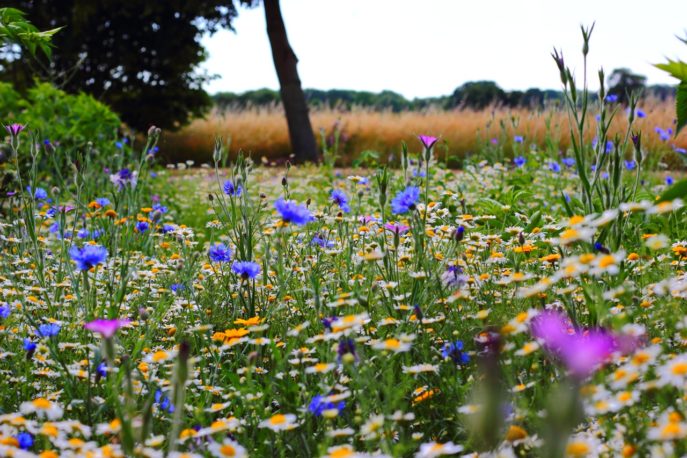
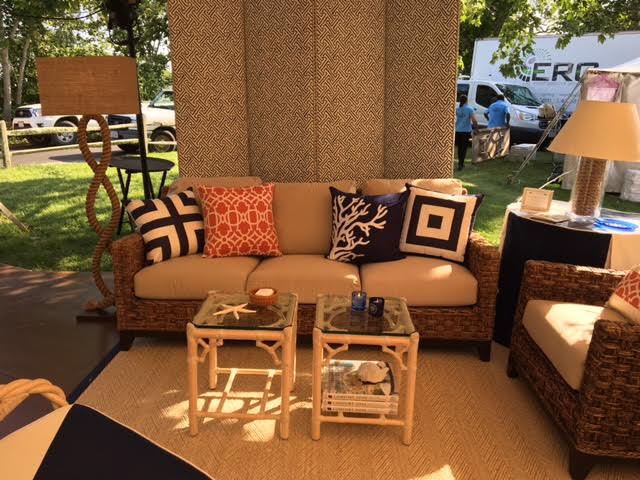
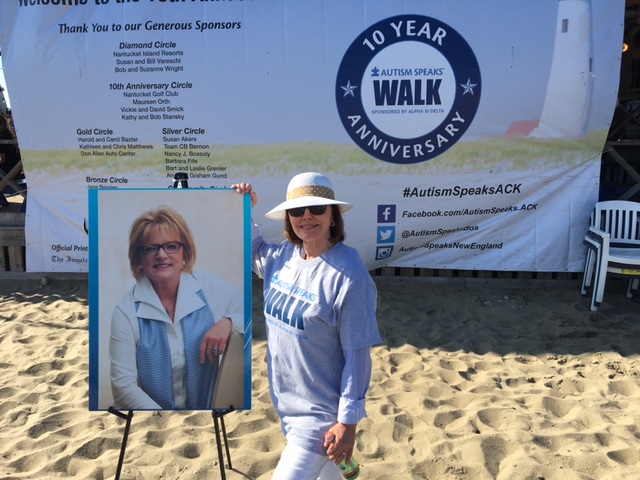
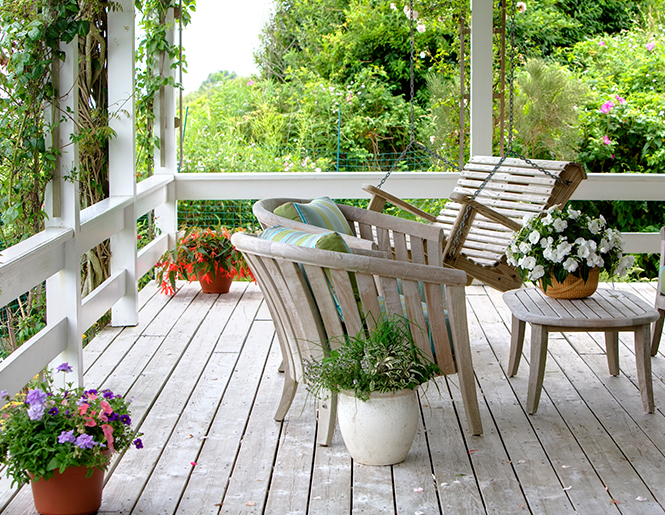
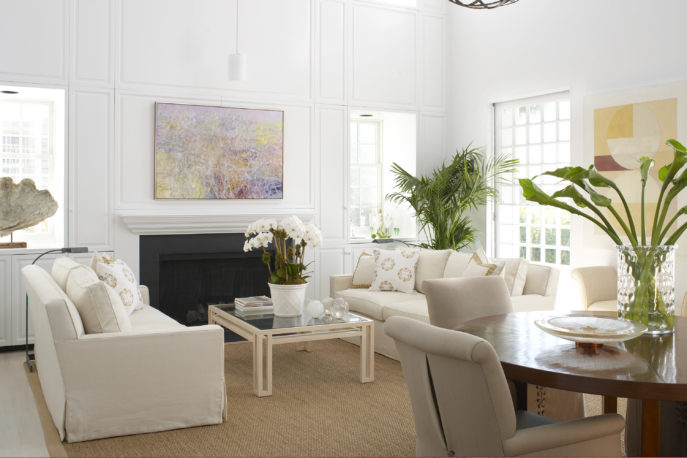
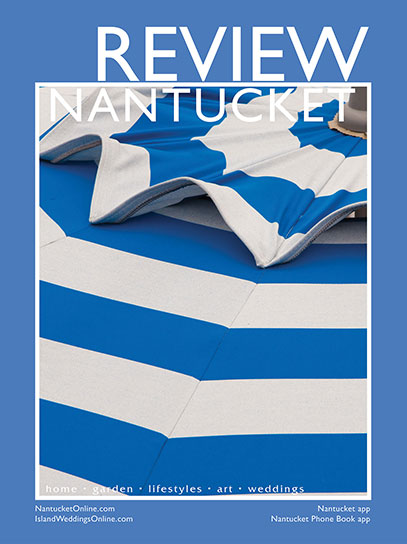
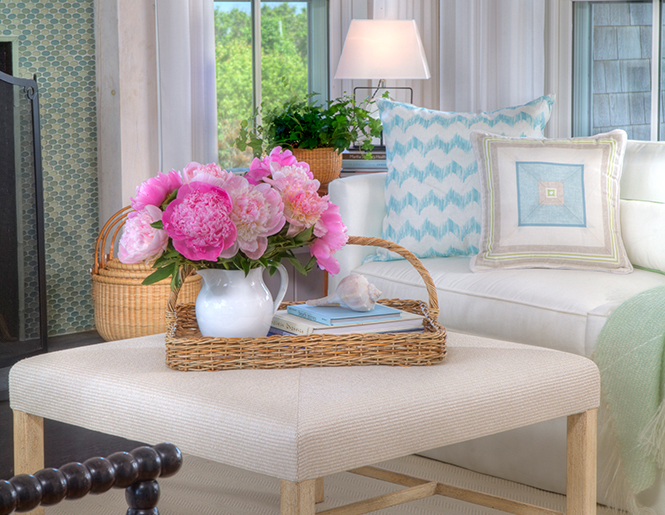

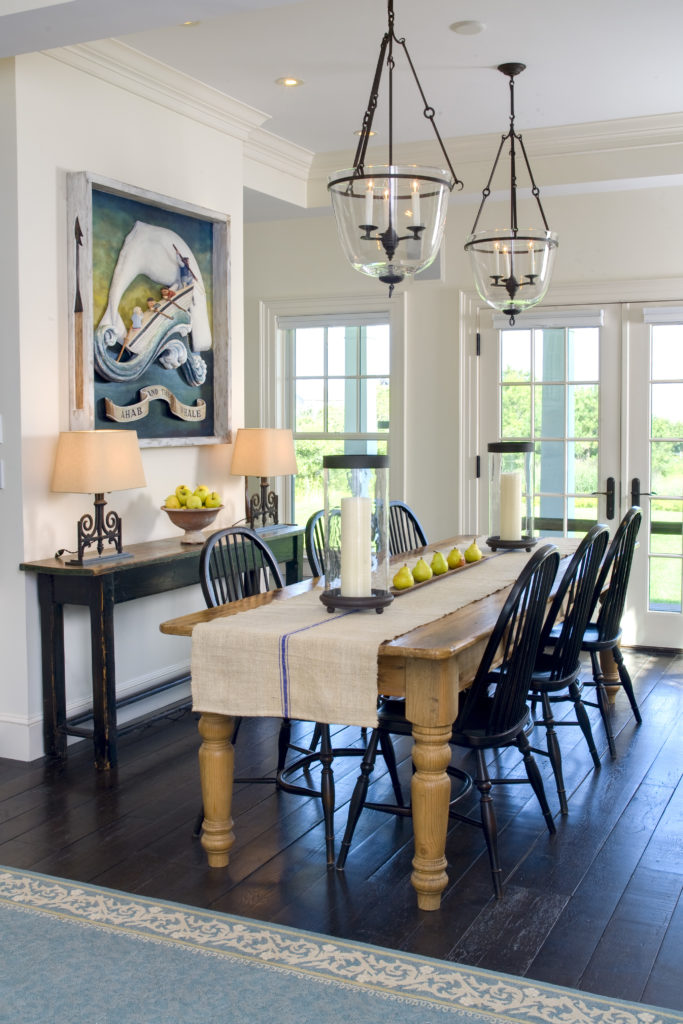
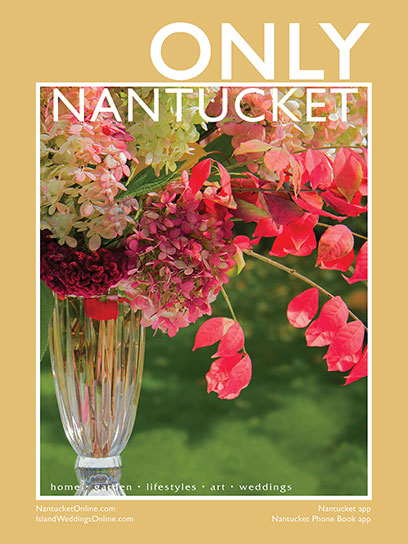
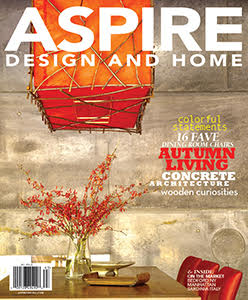


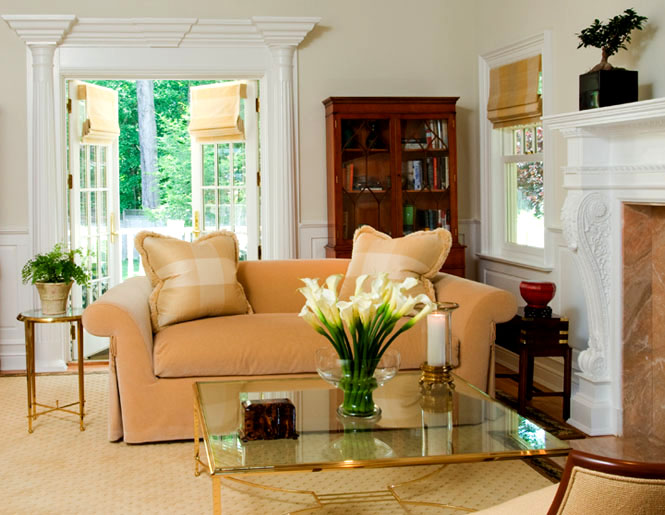

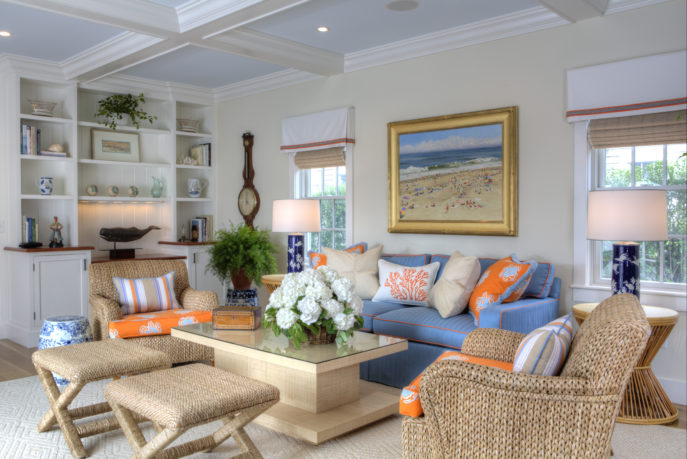
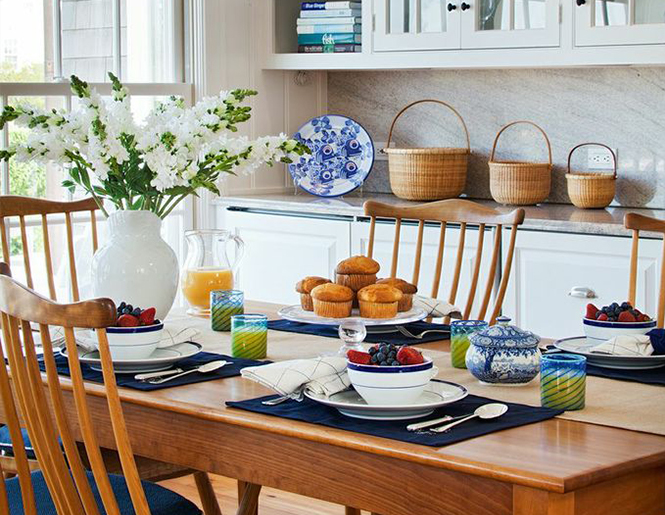
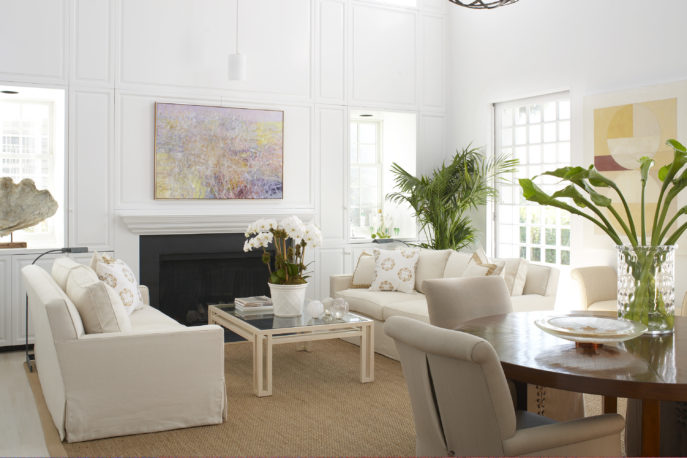
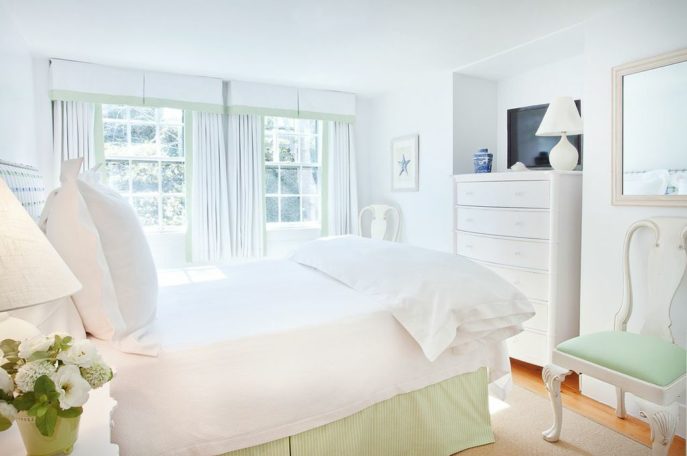
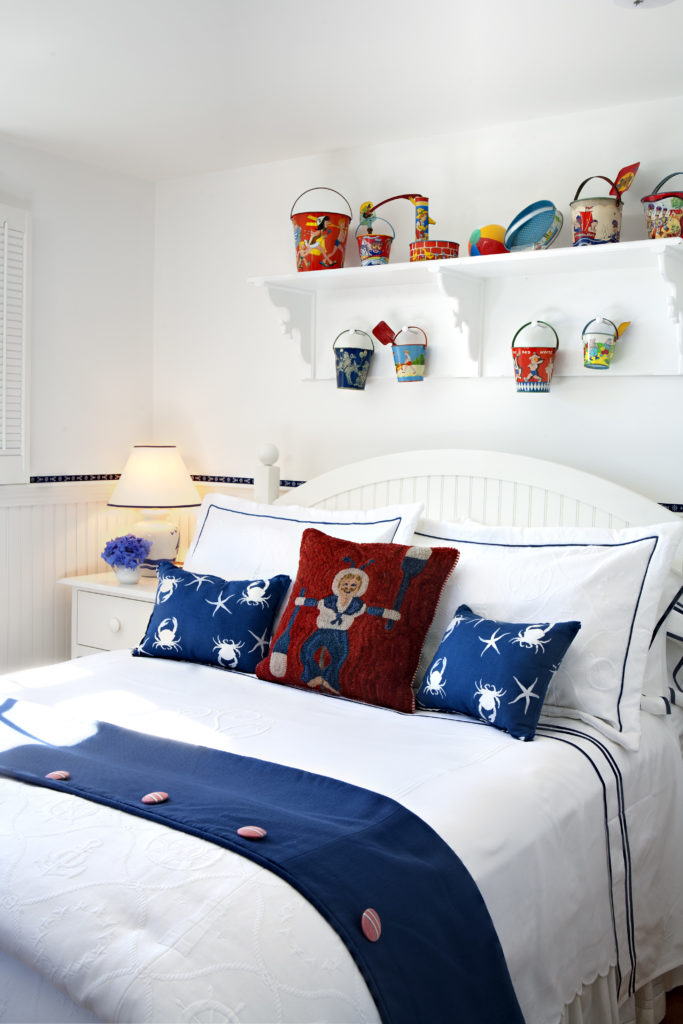

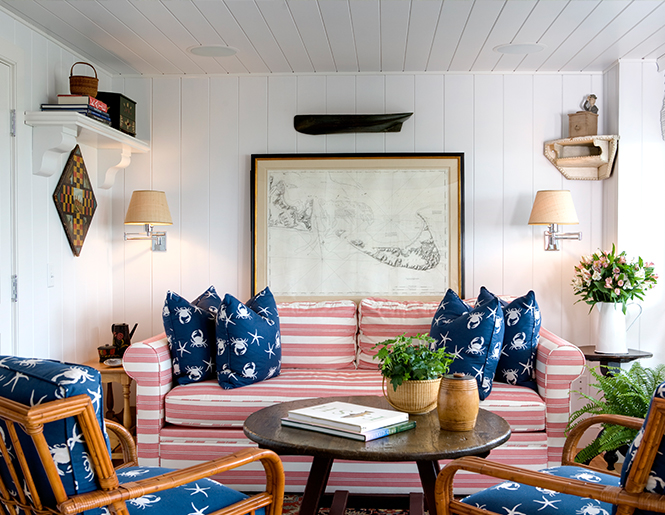
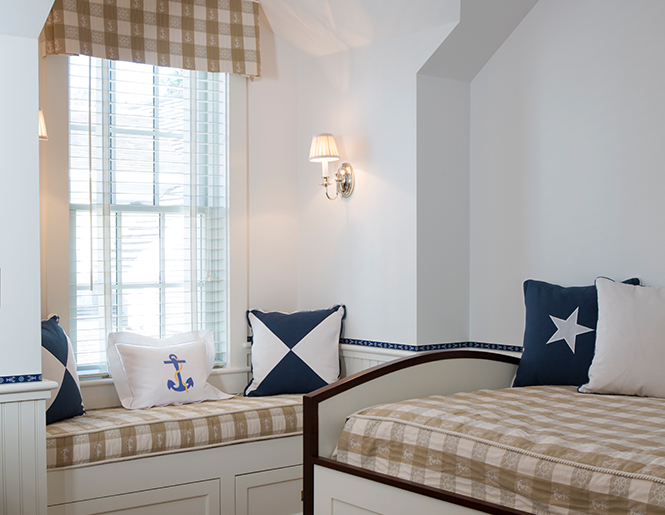

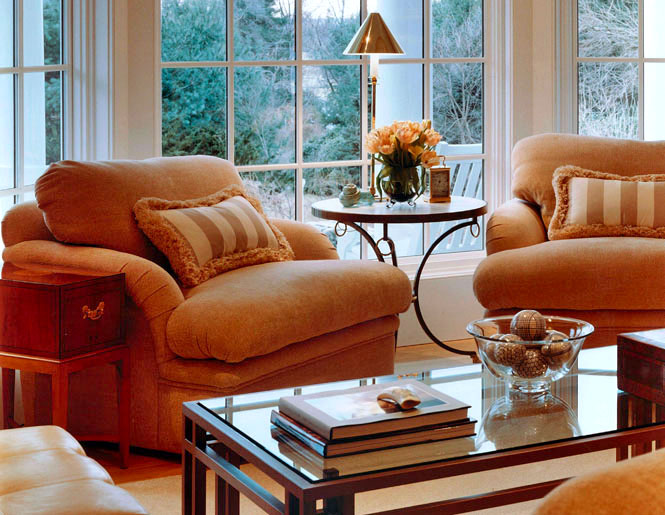
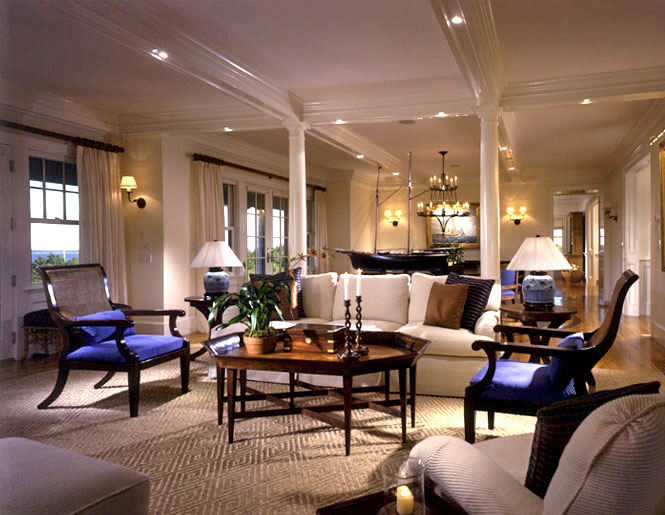

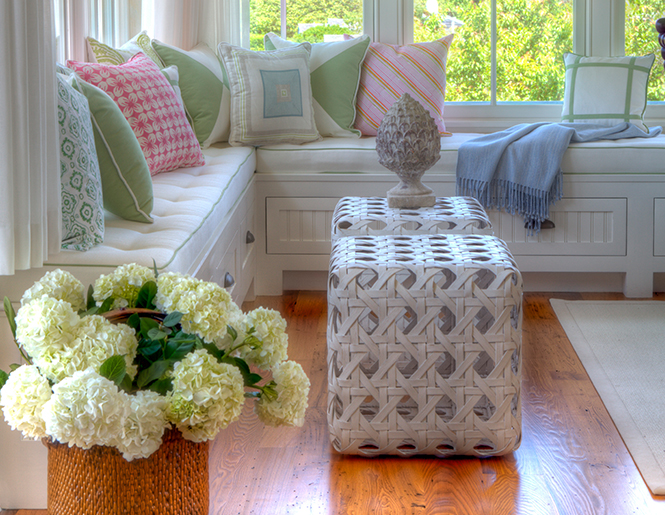
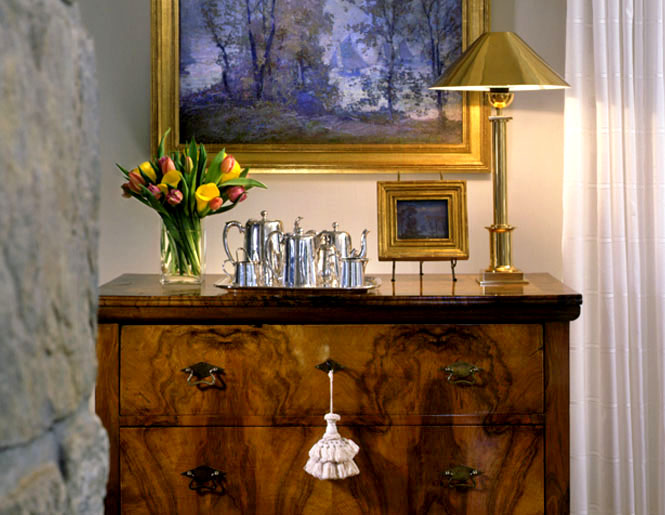
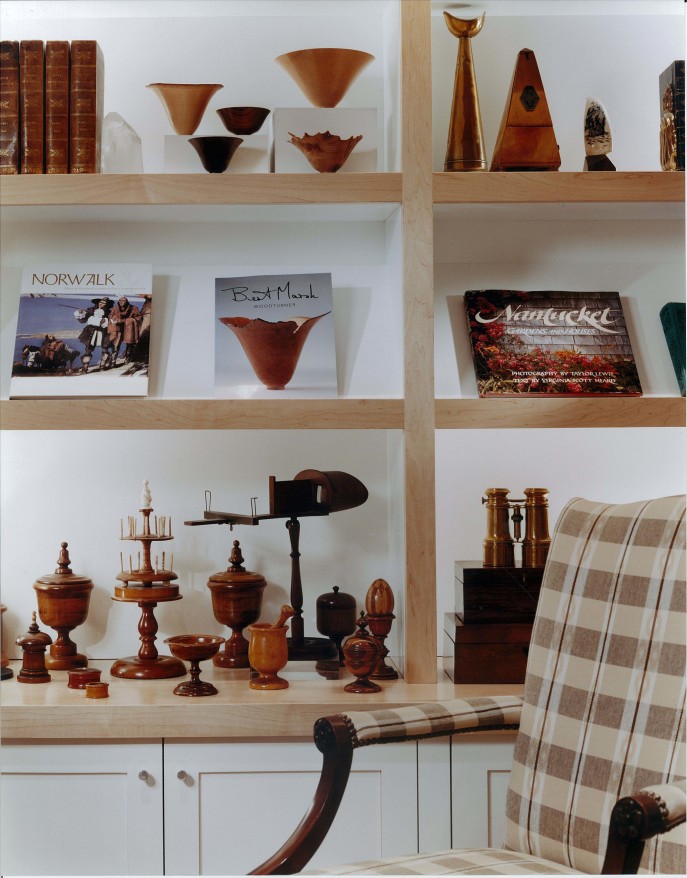
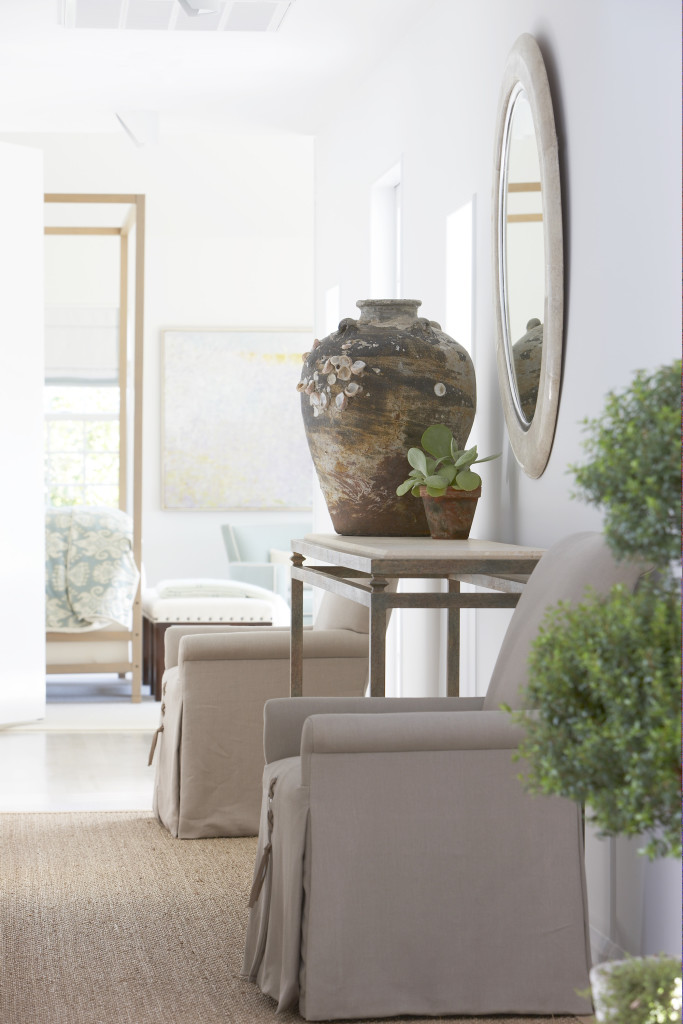
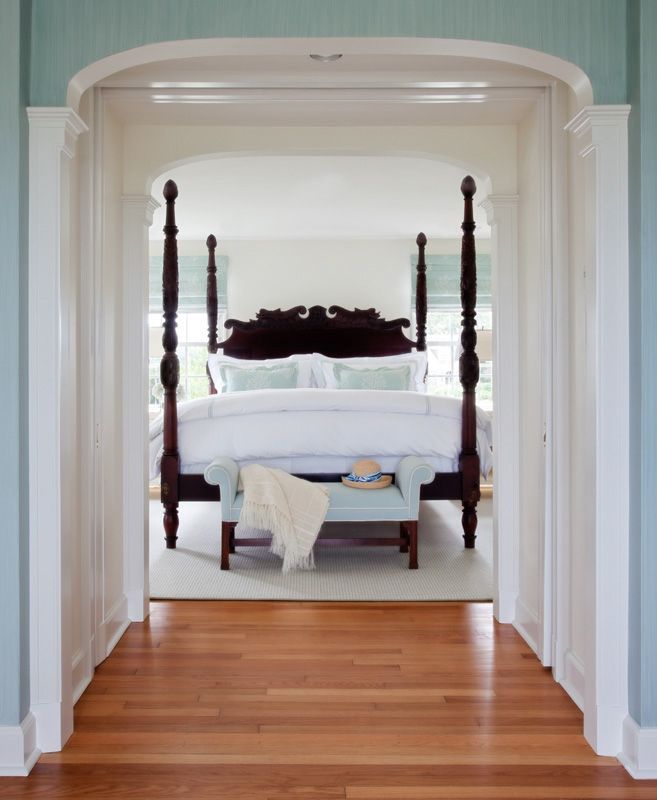

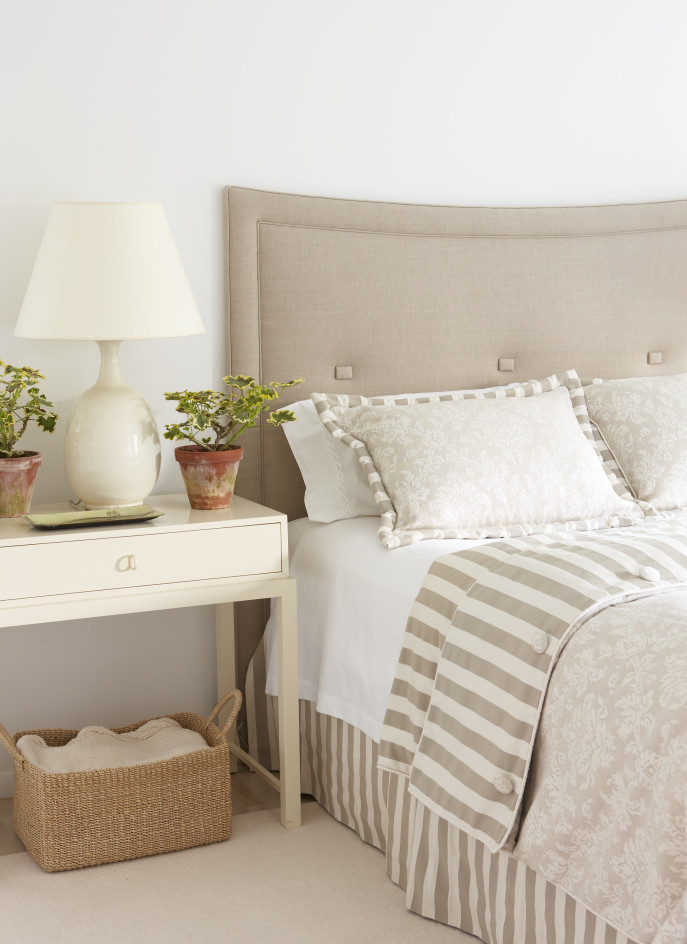
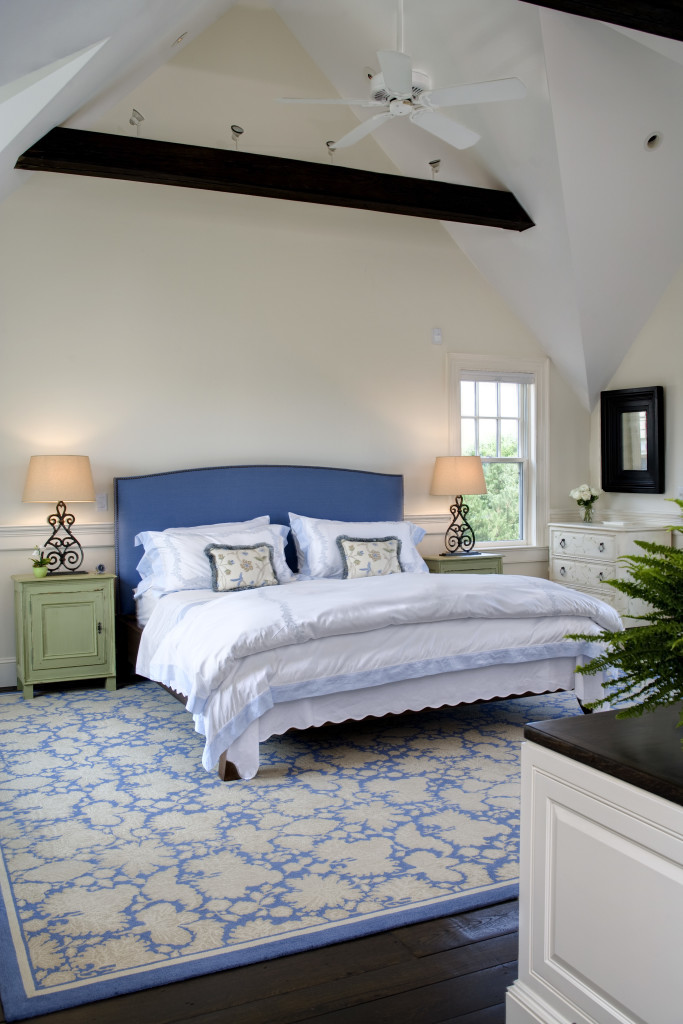
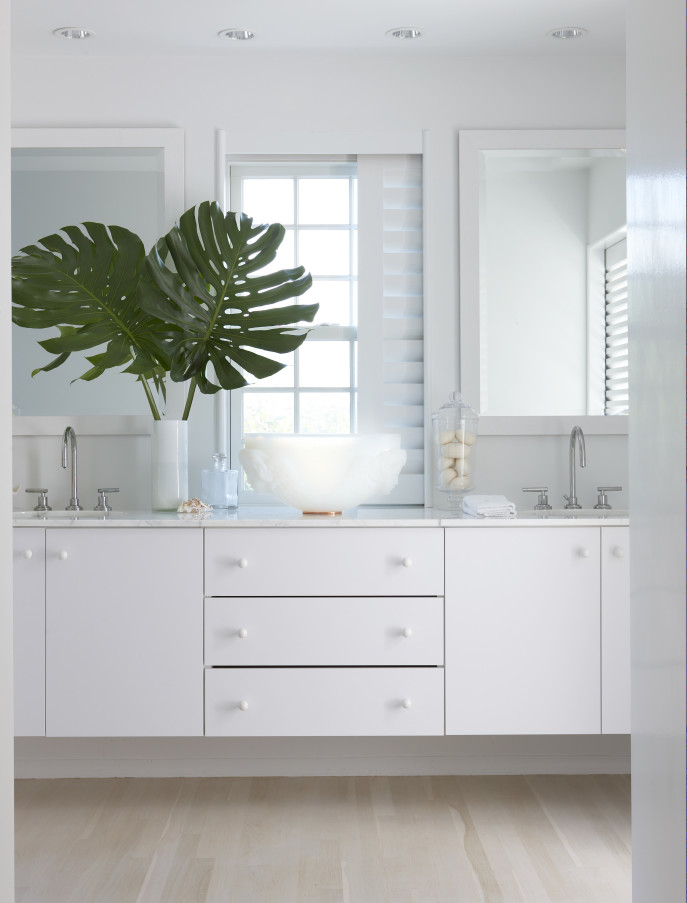

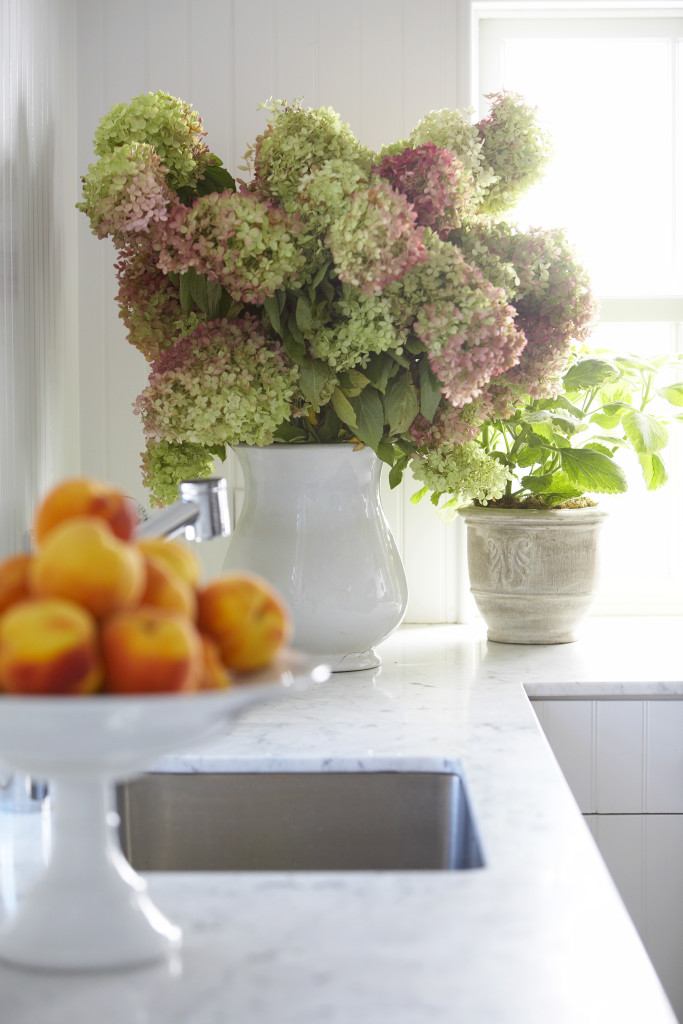
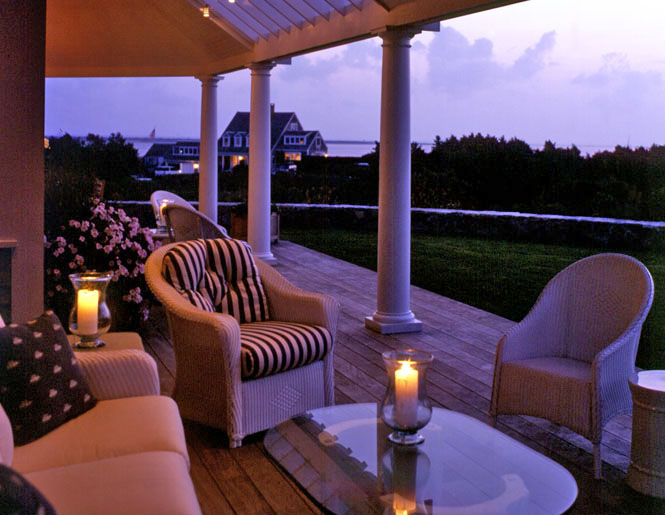
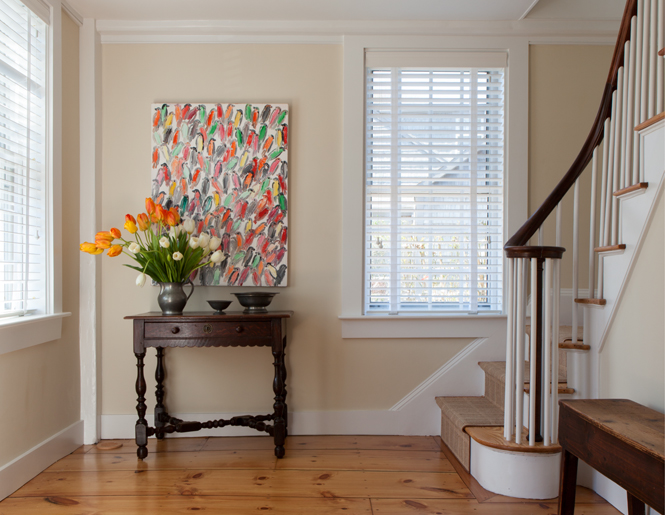
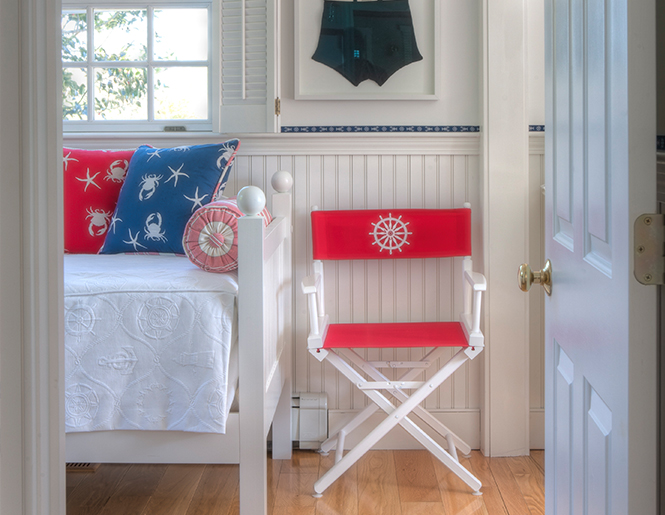
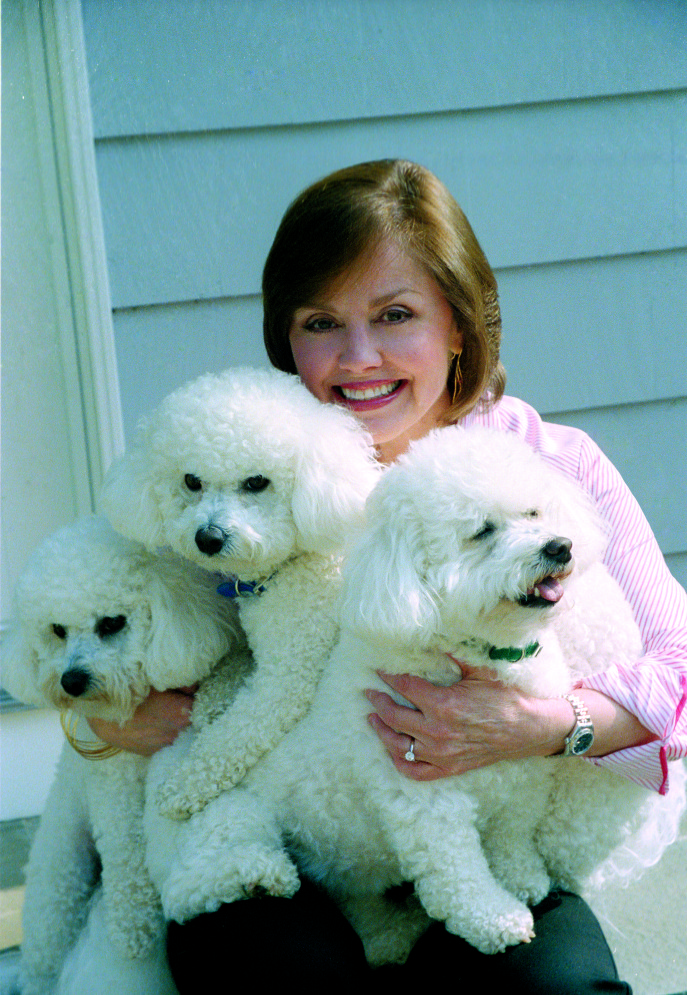
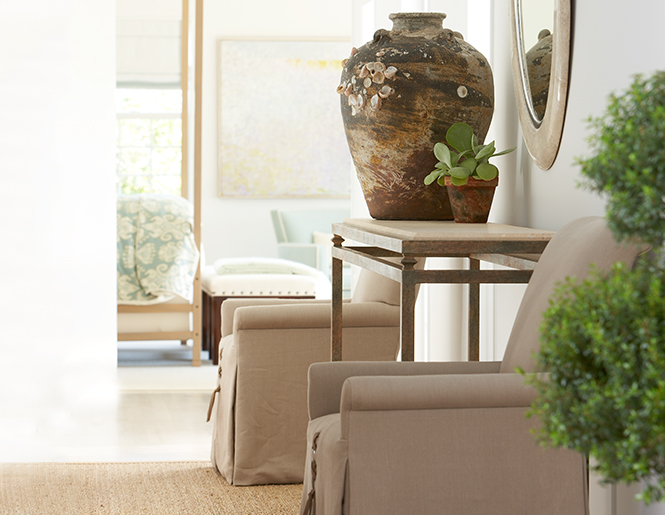
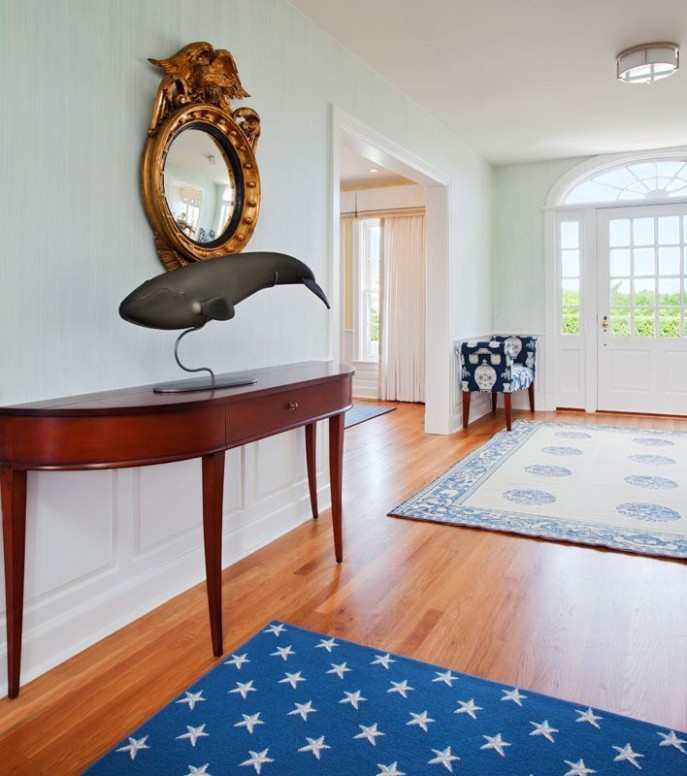
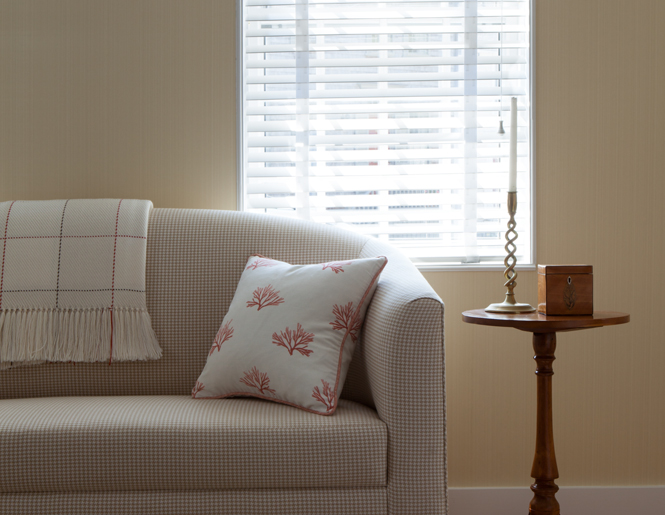
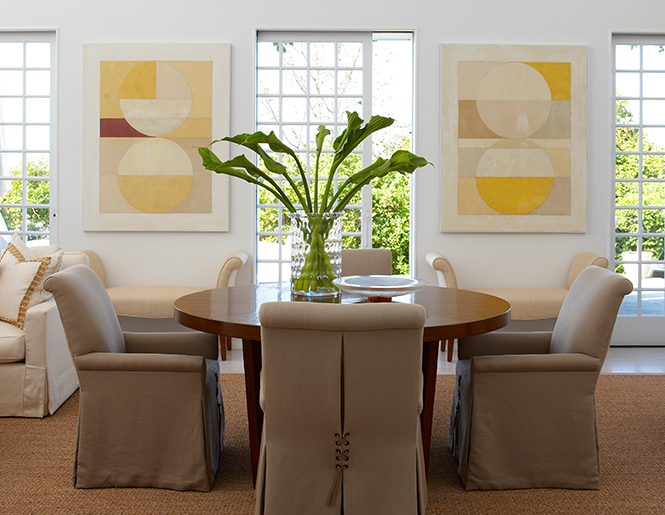
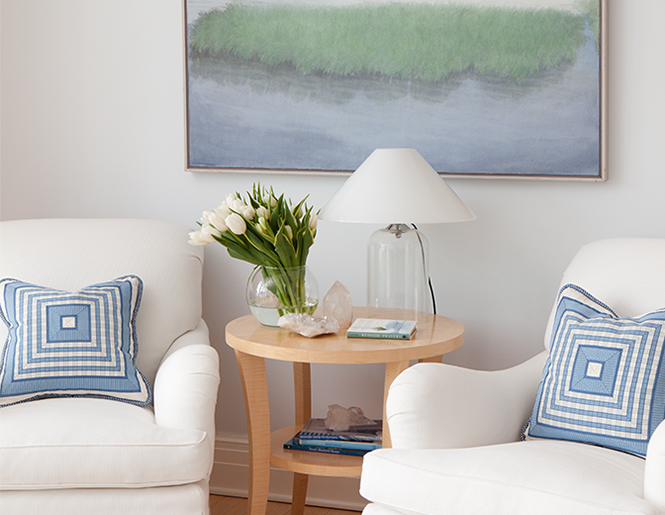
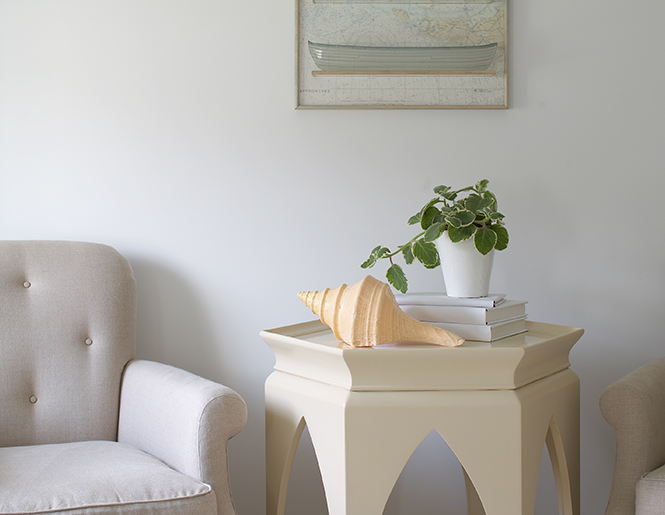
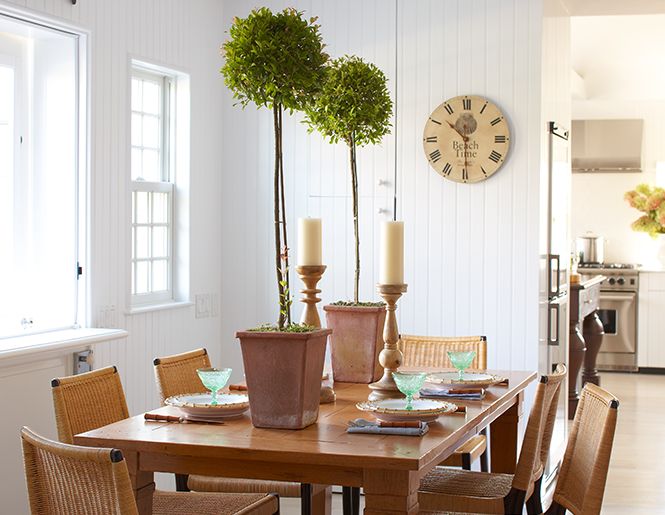
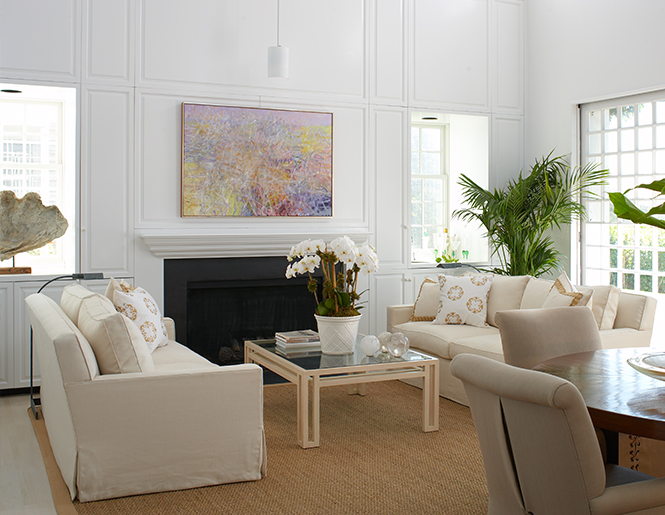
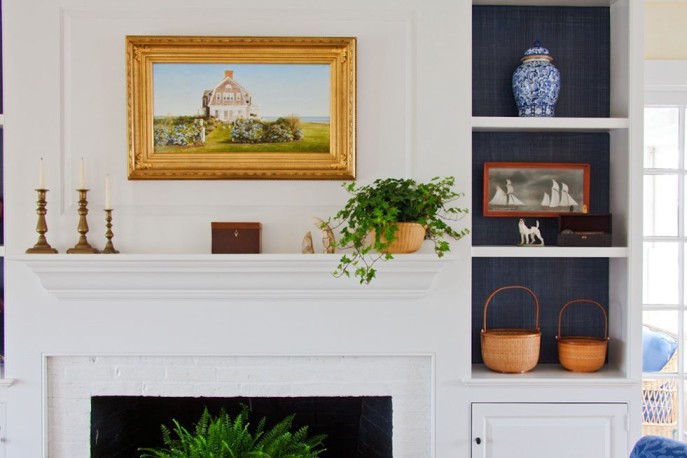
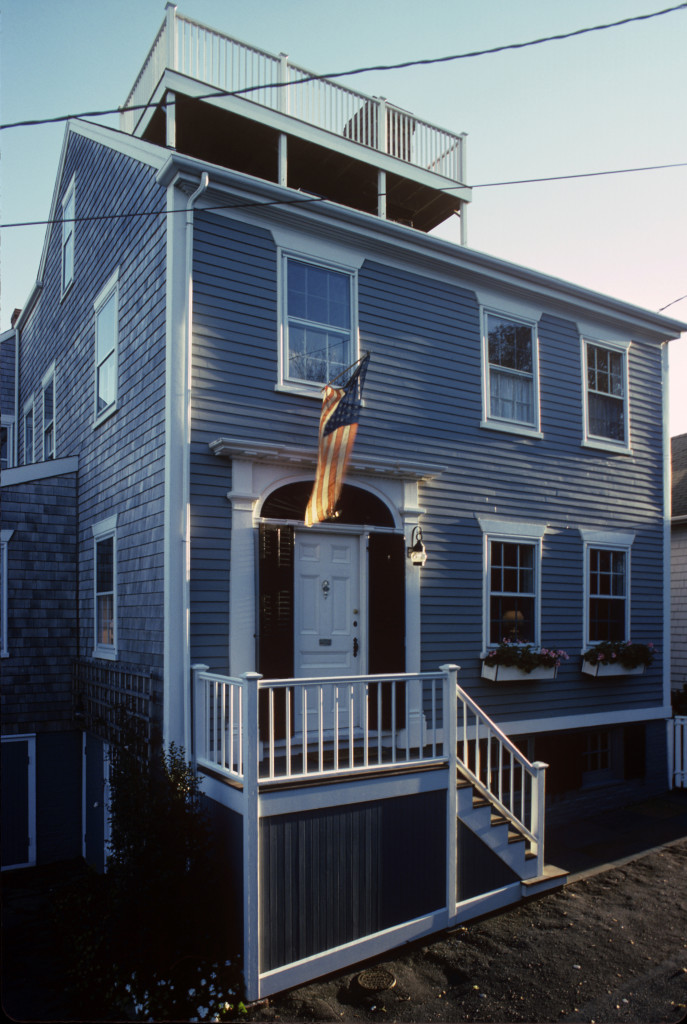
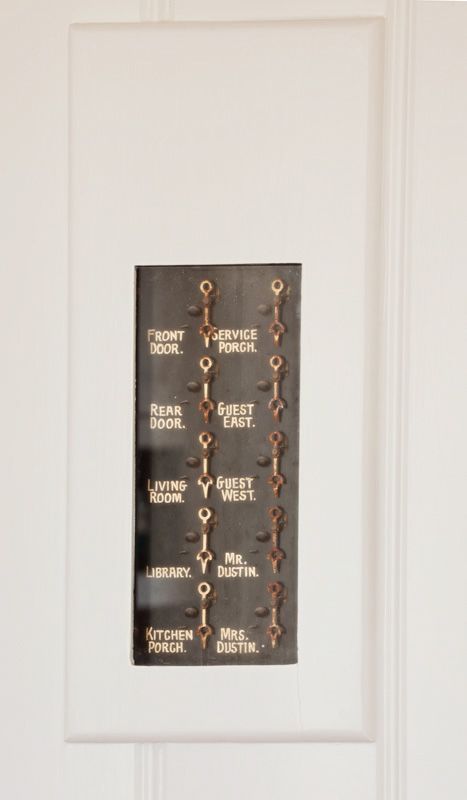
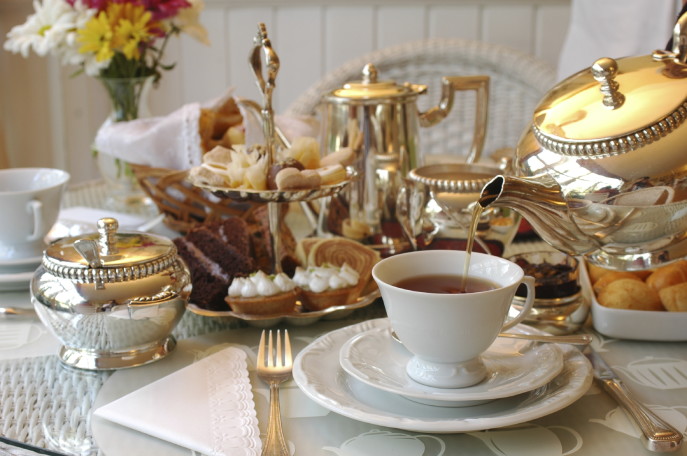
![Gulls on the side of the Seine [url=http://www.istockphoto.com/file_search.php?action=file&lightboxID=4328606][img]http://www.erichood.net/paris.jpg[/img][/url]](https://dujardindesign.com/wp-content/uploads/paris-river-seine-seagulls-687x457.jpg)
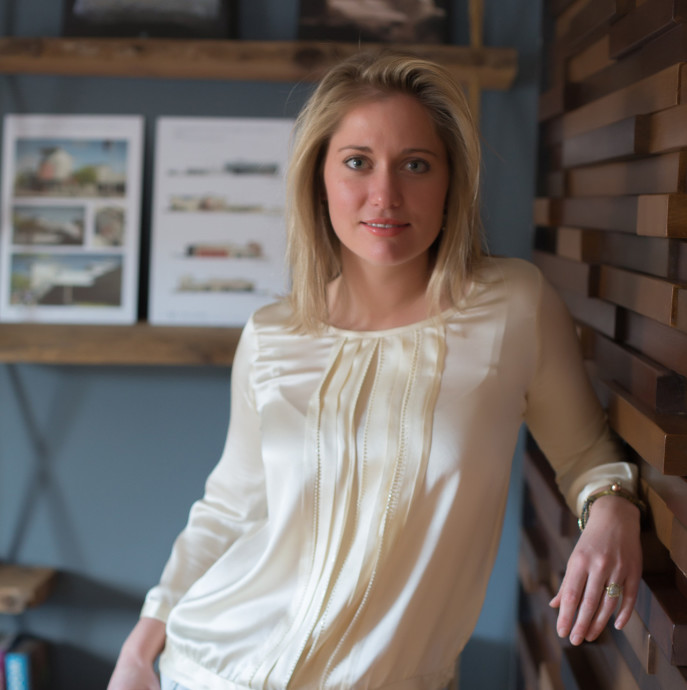
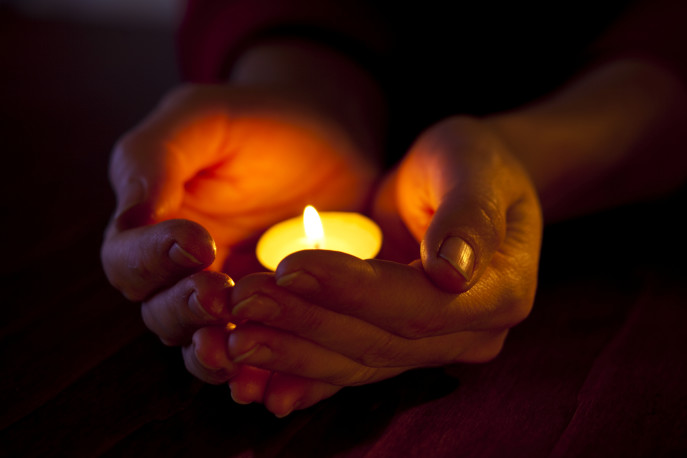
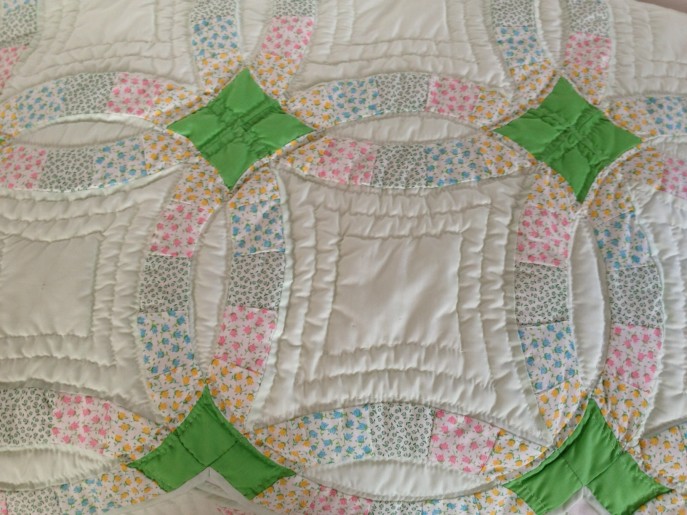
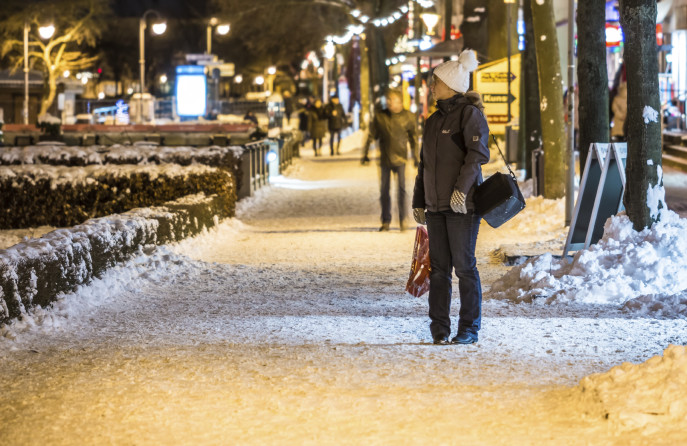
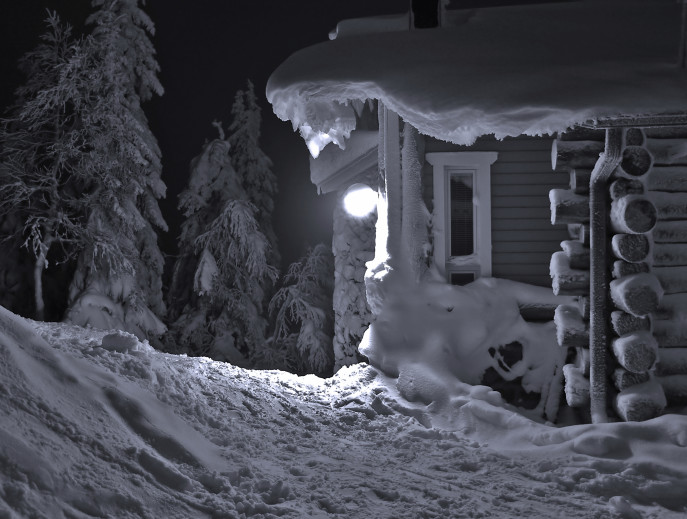

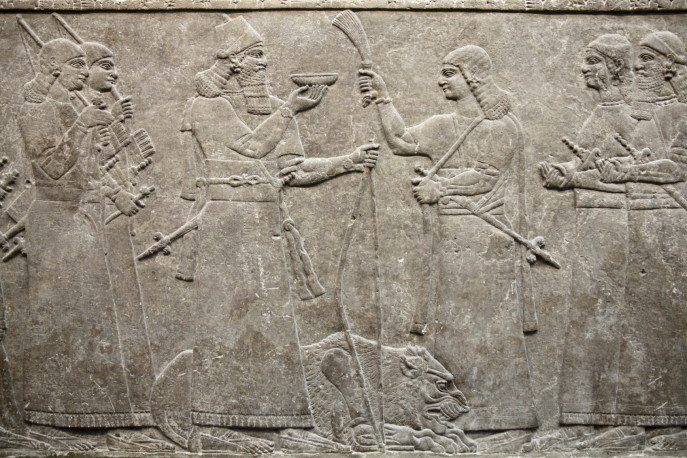
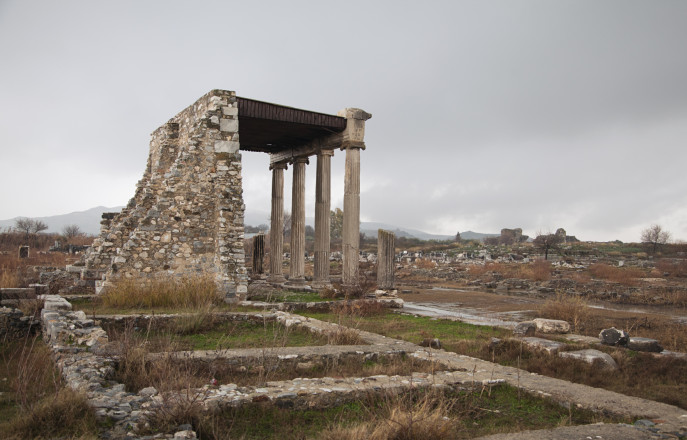
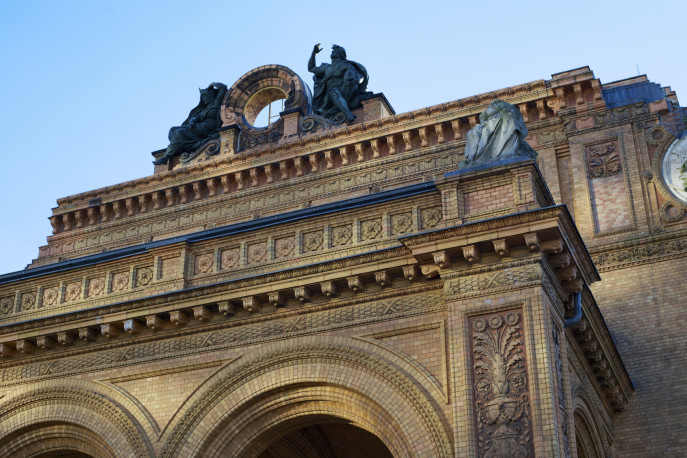
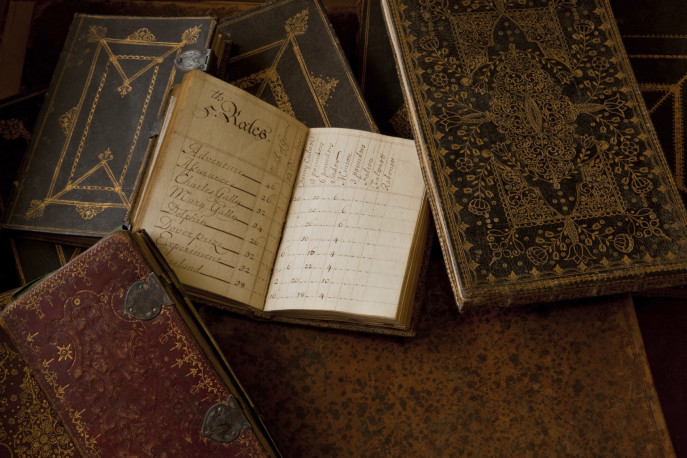


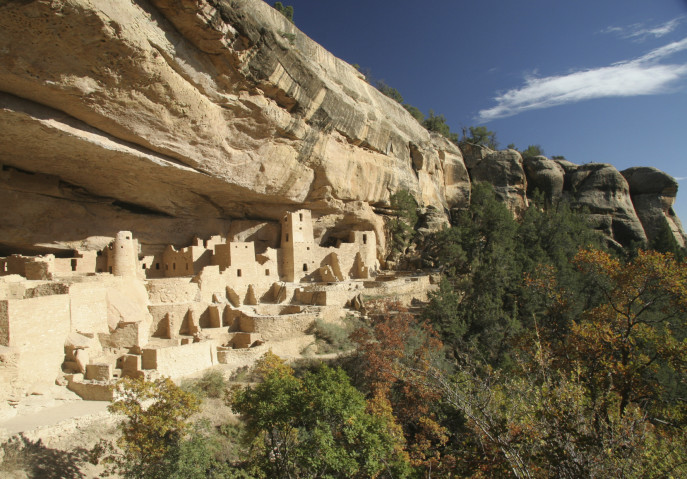

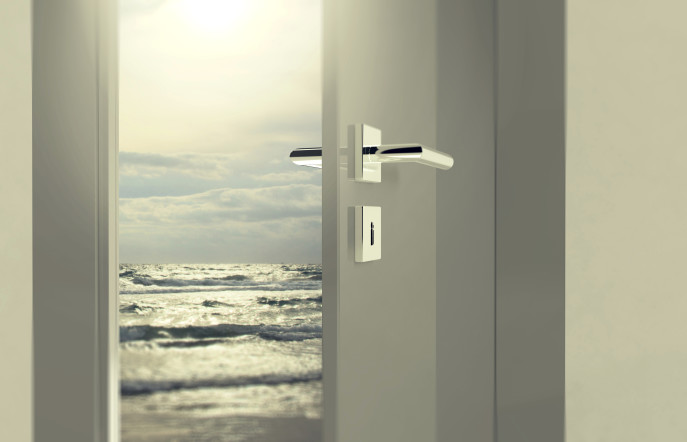 photo from istock
photo from istock